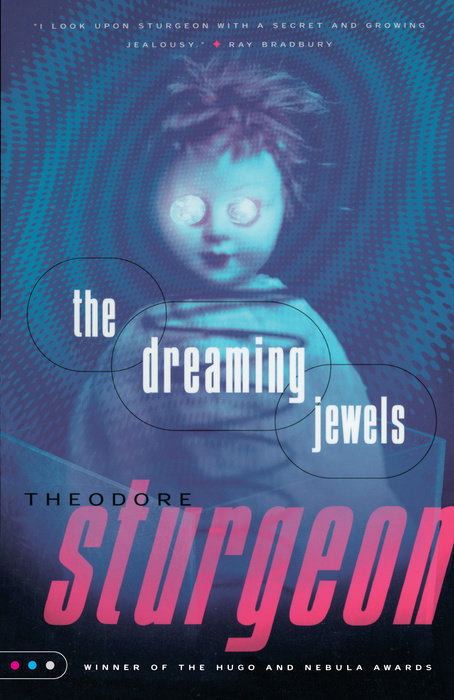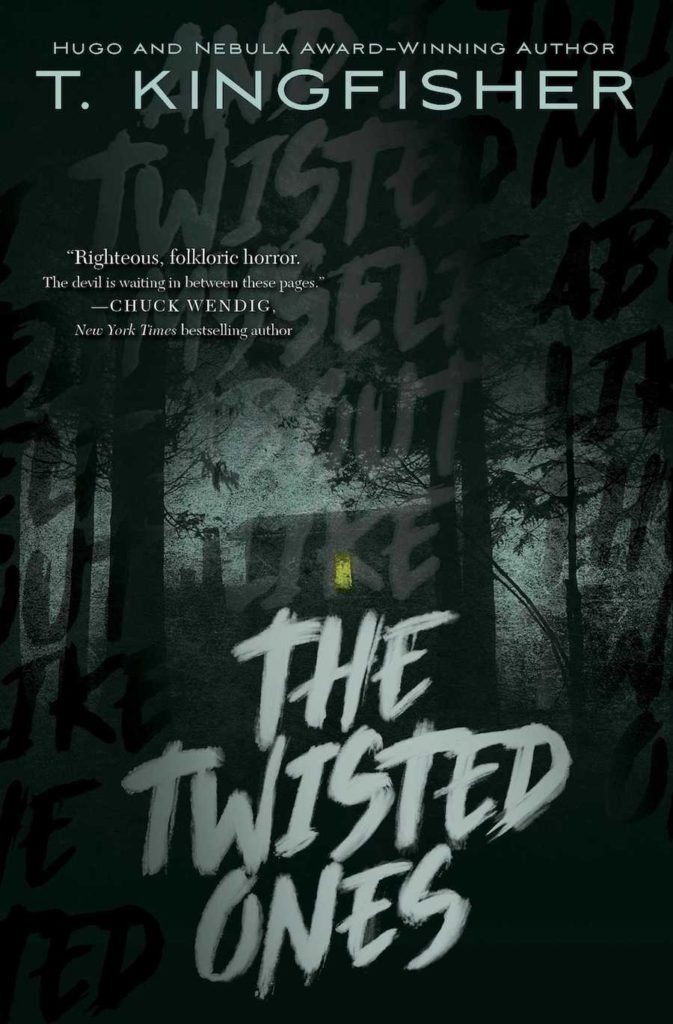sample heading
It’s a well-known fact that dolls and puppets are kind of creepy. Even most of the benign ones are kind of creepy. But creepier than a doll or a puppet is a doll or puppet that moves on their own and probably has a will of its own. Even when they’re moving on their own and don’t have malign intentions, it’s still just weird to see something that should be spending its time inanimate moving around and talking sometimes. But in the right circumstances, dolls and puppets can be used to underline how weird the setting is, or offer insight into the human condition from the perspective of an outsider that is close, but not quite, human enough. For your reading pleasure, we’ve prepared a list of six of our favorite animated dolls and puppets come to life.

What is Not Yours is Not Yours, Helen Oyeyemi
In the middle of Helen Oyeyemi’s odd magical-realist mosaic What Is Not Yours, Is Not Yours is “Is Your Blood As Red As This,” a story taking place in a rather odd art school devoted to the act of puppetry. After an audition with a glove puppet, Radha, the main character, is given a brass marionette who begins talking to her, telling her the story of how she once took care of sentient puppets until they slowly turned her into one, piece by piece, to preserve her body. But while the tragic backstory gives color to one of the many bizarre characters (including a chess piece who can only ask the title question over and over), Gepetta’s uniquely human perspective and outsider knowledge lends depth to a story about people learning how to connect with each other emotionally and physically in the strangest ways possible.
Apple | Amazon | Barnes & Noble | IndieBound

The Doll Collection, ed. Ellen Datlow
I would be remiss if I didn’t at least once talk about the entire collection of creepy doll and puppet stories released by anthology wunderkind Ellen Datlow on a list about animated dolls and puppets. In Datlow’s collection, the stories run the gamut from more traditional doll stories, to tales of unusual folk museums, to even a piece best described as “The People Under the Stairs meets southern gothic voodoo.” But if “dark stories involving dolls” wasn’t enough, the collection is also illustrated by several photographs taken by Datlow herself and other doll collectors, creating a truly unsettling trove of doll-related fiction.
Standout Stories: “Doctor Faustus” by Mary Robinette Kowal, “Word Doll” by Jeffrey Ford
Apple | Amazon | Barnes & Noble | IndieBound

The Grand Dark, Richard Kadrey
Kadrey’s nightmarish German-expressionist fantasy riff on post-WWI Europe wouldn’t be complete without its version of the Grand Guignol, the famous French theatre that put on lurid horror-themed plays for the general public, named for the large puppet that they occasionally used in their shows. Kadrey opts for a more literal interpretation, with the actors using galvanic motion-capture suits to control the puppet actors at the titular theater, acting out horrifying and lurid plays with their life-size cast. The interludes, which give the theatre a reputation for being haunted and an area where shadier activities go on, only enhances the unusual nature of The Grand Dark and its puppet cast, making for some disturbing theatre indeed.
Apple | Amazon | Barnes & Noble | IndieBound

Pin, Andrew Neiderman
While Pin is better known as an unnerving Canadian horror flick from the ’80s featuring Terry O’Quinn as a ventriloquist doctor, it was adapted from a fantastically unnerving horror novel from the ’80s about a family with a history of mental illness and the anatomy doll that the main characters’ father uses to teach his children, Leon and Ursula, about the facts of life. However, when an accident leaves Leon and Ursula on their own in the mansion, the two of them slip further into madness and some lurid behavior centered around their anatomical dummy friend. It’s worth saying that Pin’s escapades in the book are a lot more graphic than in the movie, which cut back on the incredibly bizarre love triangle between Pin and the siblings, and this only serves to make Pin an even creepier figure even if it makes the book a bit more of a difficult read.
Apple | Amazon | Barnes & Noble | IndieBound

The Dreaming Jewels, Theodore Sturgeon
Sturgeon’s incredibly weird novel of psychic powers and sinister circuses begins with a young boy running away to join the circus with only his weird broken jack-in-the-box doll for company and only gets darker and stranger from there, but somehow the most monstrous thing in the book isn’t the creepy clown doll with diamond eyes. Despite his status as kind of a macguffin, Junky’s presence is actually kind of benevolent, as he acts as a psychic focus and helps the main characters fight the evil Monetre, the mad scientist who runs the circus. Even though he’s not an immediate danger, though, Junky’s creepy appearance and those unsettling crystal eyes of his, as well as the power he acts as a conduit for throughout the book make him deeply unnerving and just highlight how creepy almost everything in the book truly is.
Apple | Amazon | Barnes & Noble | IndieBound

The Twisted Ones, T. Kingfisher
Ursula Vernon, writing under the name T. Kingfisher, begins her American gothic novel with some creepy dolls already in place, courtesy of the narrator’s grandmother keeping a room full of horrible porcelain baby dolls that Mouse has to get rid of as she cleans out her deceased grandmother’s former home. The Doll Room is a continuous nuisance, as the creepy dolls are difficult to dispose of, have movable eyelids that blink at inopportune moments, and continually freak Mouse out. But the worst comes when the horrific “effigies,” animated creatures made out of various objects like skeletons and tree branches, begin attacking the house at the climax of the novel. The effigies could count all on their own, but we thought we’d close the list out with a creepy doll made entirely out of other creepy dolls, just to double down on the whole theme we’re going for.
Apple | Amazon | Barnes & Noble | IndieBound



